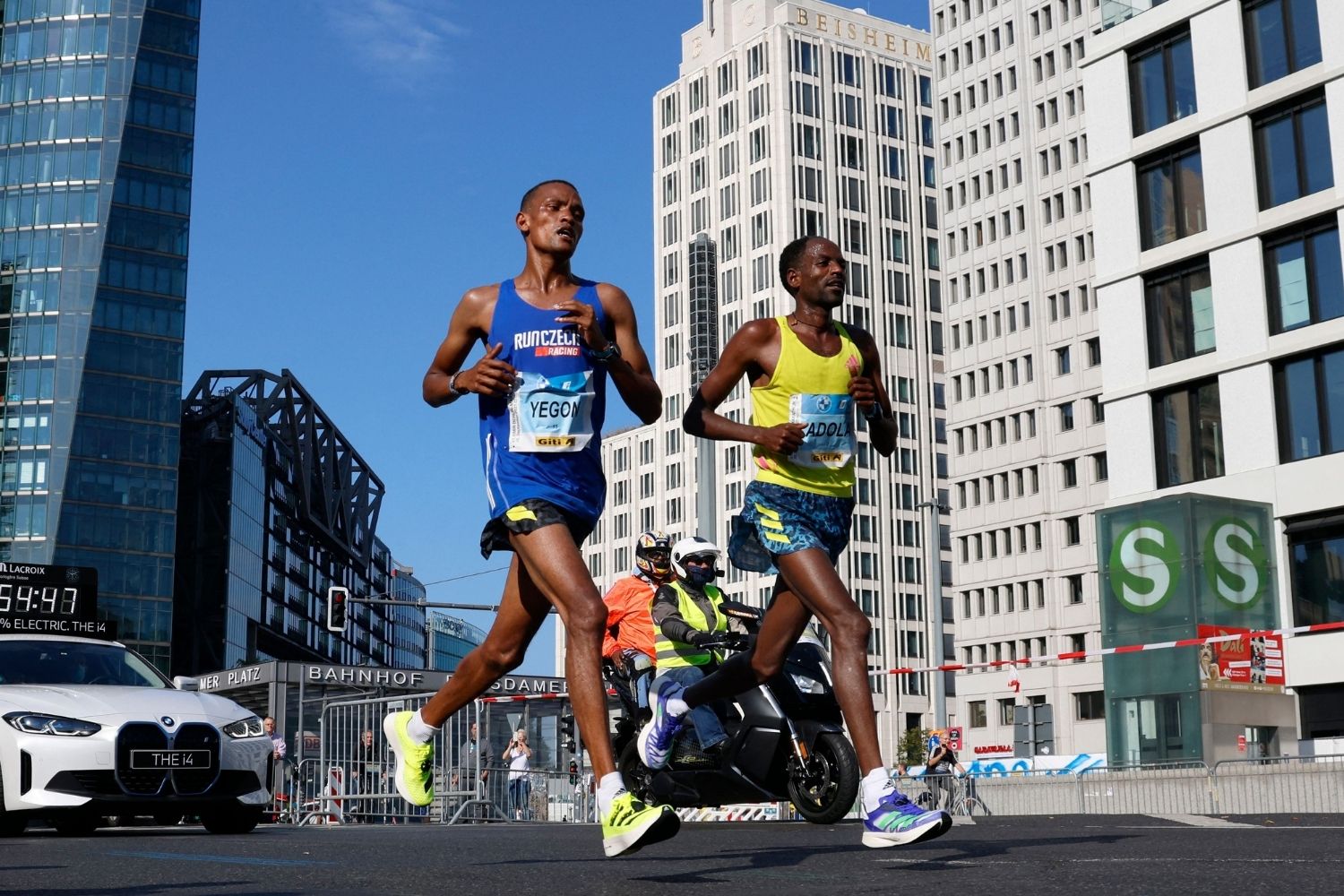
Ever wondered what makes the Berlin Marathon so special? This iconic race, held annually in Germany's capital, attracts runners from all corners of the globe. Known for its flat, fast course, the Berlin Marathon is a favorite for those chasing personal bests and world records. But there's more to this event than just speed. From its rich history to the vibrant atmosphere, the Berlin Marathon offers a unique experience for both participants and spectators. Whether you're a seasoned marathoner or a curious newbie, these 30 facts about the Berlin Marathon 2025 will give you a deeper appreciation for this legendary race. Ready to lace up your running shoes and learn more? Let's get started!
History of the Berlin Marathon
The Berlin Marathon is one of the most iconic races in the world. Its rich history and unique features make it a must-know event for running enthusiasts.
- The Berlin Marathon first took place in 1974 with just 286 runners.
- The race was initially run through Grunewald Forest, not the city streets.
- In 1981, the marathon moved to the streets of West Berlin.
- After the fall of the Berlin Wall, the marathon route included both East and West Berlin starting in 1990.
- The Berlin Marathon is part of the World Marathon Majors, a series of six of the largest and most renowned marathons in the world.
Course and Route
The Berlin Marathon is famous for its flat and fast course, making it a favorite for runners aiming to set personal bests and world records.
- The course is a loop that starts and finishes near the Brandenburg Gate.
- The route passes many of Berlin's historic landmarks, including the Reichstag and Berlin Cathedral.
- The course is known for its minimal elevation changes, making it one of the fastest marathon courses in the world.
- The Berlin Marathon has been the site of numerous world records, including Eliud Kipchoge's 2018 record of 2:01:39.
- The race attracts over 40,000 participants from around the globe each year.
Participation and Community
The Berlin Marathon is not just a race; it's a community event that brings together people from all walks of life.
- The marathon includes a wheelchair race and a handcycle race.
- There is also a mini-marathon for children, encouraging young athletes to participate.
- Over 1 million spectators line the streets to cheer on the runners.
- More than 70 bands and entertainment groups perform along the course, creating a festive atmosphere.
- The event relies on the support of over 5,000 volunteers.
Training and Preparation
Running the Berlin Marathon requires dedication and preparation. Here are some interesting facts about training for this prestigious race.
- Many runners follow a 16-20 week training plan to prepare for the marathon.
- The Berlin Marathon offers official training programs and workshops for participants.
- Nutrition plays a crucial role in marathon training, with runners focusing on a balanced diet rich in carbohydrates, proteins, and fats.
- Hydration is key, especially during long training runs and the race itself.
- Mental preparation is just as important as physical training, with many runners practicing visualization techniques and mindfulness.
Records and Achievements
The Berlin Marathon has seen some incredible performances over the years. Here are some of the most notable records and achievements.
- Eliud Kipchoge's 2018 world record of 2:01:39 is the fastest marathon time ever recorded.
- Paula Radcliffe set the women's course record in 2002 with a time of 2:17:18.
- The marathon has been the site of 11 world records since its inception.
- Haile Gebrselassie set two world records in Berlin, in 2007 and 2008.
- The oldest finisher of the Berlin Marathon was 90-year-old Fauja Singh in 2001.
Fun Facts
Beyond the serious competition, the Berlin Marathon has its share of fun and quirky facts.
- The marathon's mascot is a bear named "Berlino."
- Runners consume over 100,000 liters of water and 30,000 bananas during the race.
- The event has a "Breakfast Run" the day before the marathon, which is a 6 km fun run ending at the Olympic Stadium.
- Many runners dress in costumes, adding a festive and humorous element to the race.
- The Berlin Marathon medals are designed to reflect the city's rich history and culture, making them cherished keepsakes for finishers.
Final Lap
The Berlin Marathon 2025 promises to be a thrilling event. With its flat course, it's perfect for runners aiming to set personal bests. The marathon's history, dating back to 1974, adds a rich layer of tradition. Berlin's iconic landmarks, like the Brandenburg Gate, provide a stunning backdrop for participants and spectators alike.
Runners from around the globe will gather, showcasing the marathon's international appeal. The event's organization ensures a smooth experience, from registration to the finish line. Whether you're a seasoned marathoner or a first-timer, Berlin offers something special.
Don't forget the cheering crowds and the festive atmosphere that make this marathon unique. It's not just about the race; it's about the community, the spirit, and the celebration of human endurance. So, lace up your running shoes and get ready for an unforgettable experience in Berlin!
Was this page helpful?
Our commitment to delivering trustworthy and engaging content is at the heart of what we do. Each fact on our site is contributed by real users like you, bringing a wealth of diverse insights and information. To ensure the highest standards of accuracy and reliability, our dedicated editors meticulously review each submission. This process guarantees that the facts we share are not only fascinating but also credible. Trust in our commitment to quality and authenticity as you explore and learn with us.
